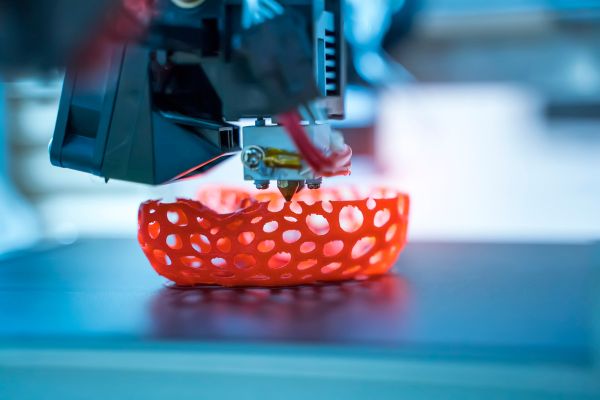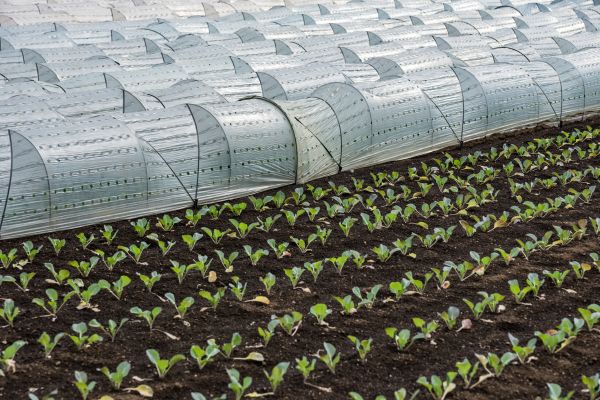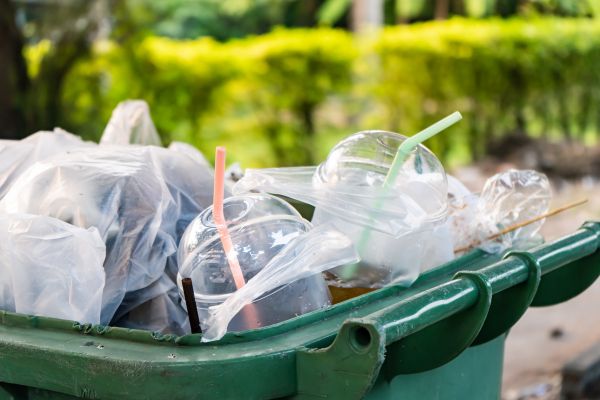In recent years, there has been a growing interest in bioplastics as a more sustainable alternative to traditional plastics derived from fossil fuels. Bioplastics offer the potential to reduce reliance on finite resources, mitigate environmental impacts, and contribute to a more circular economy. But how are bioplastics made, and what sets them apart from conventional plastics?
In this article, we’ll delve into the fascinating process of bioplastic production, exploring the raw materials, manufacturing techniques, and environmental implications of this innovative material.
What are Bioplastics?
Bioplastics are a diverse group of materials derived from renewable biomass sources, such as plants, algae, or even waste products like food scraps or agricultural residues. Unlike traditional plastics, which are made from petrochemicals derived from fossil fuels, bioplastics are derived from biological sources and can be either biodegradable or non-biodegradable, depending on their composition and intended use.
The raw materials used in bioplastic production vary depending on the type of bioplastic being manufactured. Common feedstocks include corn starch, sugarcane, cellulose from wood or agricultural residues, and oils extracted from plants like soybeans or rapeseed.
These renewable resources serve as the building blocks for bioplastic polymers, which can be processed into a wide range of products, including packaging, utensils, textiles, and even automotive parts.
Understanding the Process: How Are Bioplastics Made
The manufacturing process for bioplastics typically involves several key steps, including polymerization, compounding, shaping, and finishing.
- Polymerization is the chemical process by which monomers (small molecules) are linked together to form polymers (long chains of molecules). In bioplastics, this process may occur through fermentation, enzymatic reactions, or chemical synthesis using renewable feedstocks.
- Once the polymerization process is complete, the bioplastic resin is compounded, meaning it is mixed or blended with other substances. Additives such as plasticizers, stabilizers, and colorants are used to achieve the desired properties and performance characteristics.
- The compounded resin is then shaped into final products using various techniques such as extrusion, injection molding, or thermoforming.
- Finally, the finished products may undergo additional finishing processes, such as surface treatment or coating, to enhance their appearance and functionality.
Types of Bioplastics
There are several types of bioplastics available on the market today, each with its own unique properties and applications.
Some common types of bioplastics include:
- PLA (Polylactic Acid): PLA is one of the most widely used bioplastics and is derived from renewable resources such as corn starch or sugarcane. It is biodegradable and compostable under certain conditions, making it suitable for applications such as food packaging, disposable utensils, and 3D printing.

- PHA (Polyhydroxyalkanoates): PHA is a family of biodegradable polymers produced by microbial fermentation of sugars or plant oils. It is biocompatible (not harmful to living tissue), biodegradable, and has properties similar to conventional plastics, making it suitable for a wide range of applications, including medical implants, packaging, and agricultural films.


- PBS (Polybutylene Succinate): PBS is a biodegradable polyester derived from renewable resources such as corn or sugar beet. It is compostable and has good mechanical properties, making it suitable for applications such as mulch films, compostable bags, and disposable tableware.
What Are The Challenges of Bioplastics?
Bioplastics are often touted as a more sustainable alternative to traditional plastics due to their renewable origins and potential for biodegradability. However, it’s essential to consider the full lifecycle impacts of bioplastics, including resource use, energy consumption, and end-of-life disposal. While bioplastics may offer benefits in terms of reduced greenhouse gas emissions and decreased reliance on fossil fuels, they are not without environmental challenges.
Competing Land Use
The competition for land and resources between food production and bioplastic feedstock cultivation presents a significant environmental concern. As demand for bioplastic feedstocks like corn, sugarcane, and soybeans increases, agricultural land that could be used for food crops may be diverted to grow these feedstocks instead.
This can lead to deforestation, as forests are cleared to make way for agricultural expansion, resulting in habitat loss for wildlife and disruption of ecosystems. Additionally, the intensive cultivation of bioplastic feedstocks can contribute to soil degradation, water pollution, and loss of biodiversity, further exacerbating environmental impacts.
Variable Biodegradability
The biodegradability of bioplastics is not guaranteed, meaning that not all bioplastics will break down quickly or completely in all environments.
It depends on various factors, including temperature, moisture levels, and microbial activity present in the environment. In optimal conditions, such as in industrial composting facilities with controlled temperatures and microbial activity, some bioplastics may break down relatively quickly.
However, in other environments, such as landfills or marine ecosystems, where conditions may not be conducive to biodegradation, bioplastics may persist for long periods without breaking down fully. This raises concerns about the potential accumulation of bioplastics in the environment and their impacts on ecosystems and wildlife.
Nasty Additives
Plastics, whether derived from petroleum or plant-based sources, may undergo the addition of plasticizers or additives to enhance their flexibility or stiffness, depending on the intended application. These additives play a crucial role in modifying the physical properties of plastics, yet some plasticizers may pose concerns regarding hormone metabolism or regulation.
Pollution
In marine environments, both petroleum-derived and bioplastic materials are susceptible to attracting persistent organic pollutants (POPs). These pollutants, once introduced into the oceanic ecosystem, can adhere to plastic surfaces, potentially leading to bioaccumulation and biomagnification within aquatic organisms.
As a result, the impact of plastics on marine environments extends beyond their composition, highlighting the need for comprehensive strategies to mitigate pollution and protect oceanic ecosystems.
Changing Behaviours
Bioplastics are often marketed as more environmentally friendly alternatives to traditional plastics. However, their proliferation could inadvertently exacerbate the throwaway culture and increase plastic use. The perception that bioplastics are inherently eco-friendly may lead to complacency and increased consumption, as consumers may feel less guilty about discarding bioplastic items.
Bioplastics adoption should be accompanied by measures to promote responsible consumption, waste reduction, and sustainable practices to avoid reinforcing the throwaway culture.
While bioplastics offer the potential to reduce reliance on fossil fuels and mitigate some of the environmental impacts associated with traditional plastics, careful consideration must be given to their production, use, and end-of-life management to ensure that they contribute to a more sustainable future.

Can You Recycle Bioplastics?
Recycling bioplastics poses challenges due to their diverse composition and properties. While some bioplastics are technically recyclable, the infrastructure for collecting, sorting, and processing them may be limited or non-existent in many regions.
Moreover, the biodegradability of certain bioplastics complicates recycling efforts, as they may degrade during the recycling process or contaminate traditional plastic recycling streams. Additionally, the presence of additives and contaminants in bioplastics can further hinder their recyclability.
As a result, bioplastics cannot currently be recycled and definitely do not belong in your curbside recycling bin. They should be sent to an industrial composting service if you have one otherwise will need to be placed in the general waste bin.
Can You Compost Bioplastics?
Bioplastics require specific conditions for successful composting that are not achievable in home composting systems. While some bioplastics may break down under industrial composting conditions, which involve high temperatures, controlled humidity, and microbial activity, they may not decompose efficiently or fully in home compost piles or bins. Home composting systems generally cannot achieve the necessary heat and microbial activity to effectively break down bioplastics within a reasonable timeframe.
Additionally, the variability in bioplastic compositions and additives may further complicate the composting process and result in incomplete degradation or the release of harmful residues. Therefore, it’s recommended to dispose of bioplastics through industrial composting facilities or seek alternative waste management options to ensure their proper disposal and minimize environmental impact.
Final Thoughts
Bioplastics represent an innovative and promising solution to the environmental challenges posed by conventional plastics. By harnessing renewable resources and adopting sustainable manufacturing practices, bioplastics offer the potential to reduce our reliance on fossil fuels, minimize waste generation, and mitigate environmental impacts.
However, it’s important to approach bioplastics carefully and consider their full lifecycle implications to ensure that they truly contribute to a more sustainable future. Through continued research, innovation, and responsible consumption, bioplastics can play a significant role in addressing the pressing environmental issues of our time.














